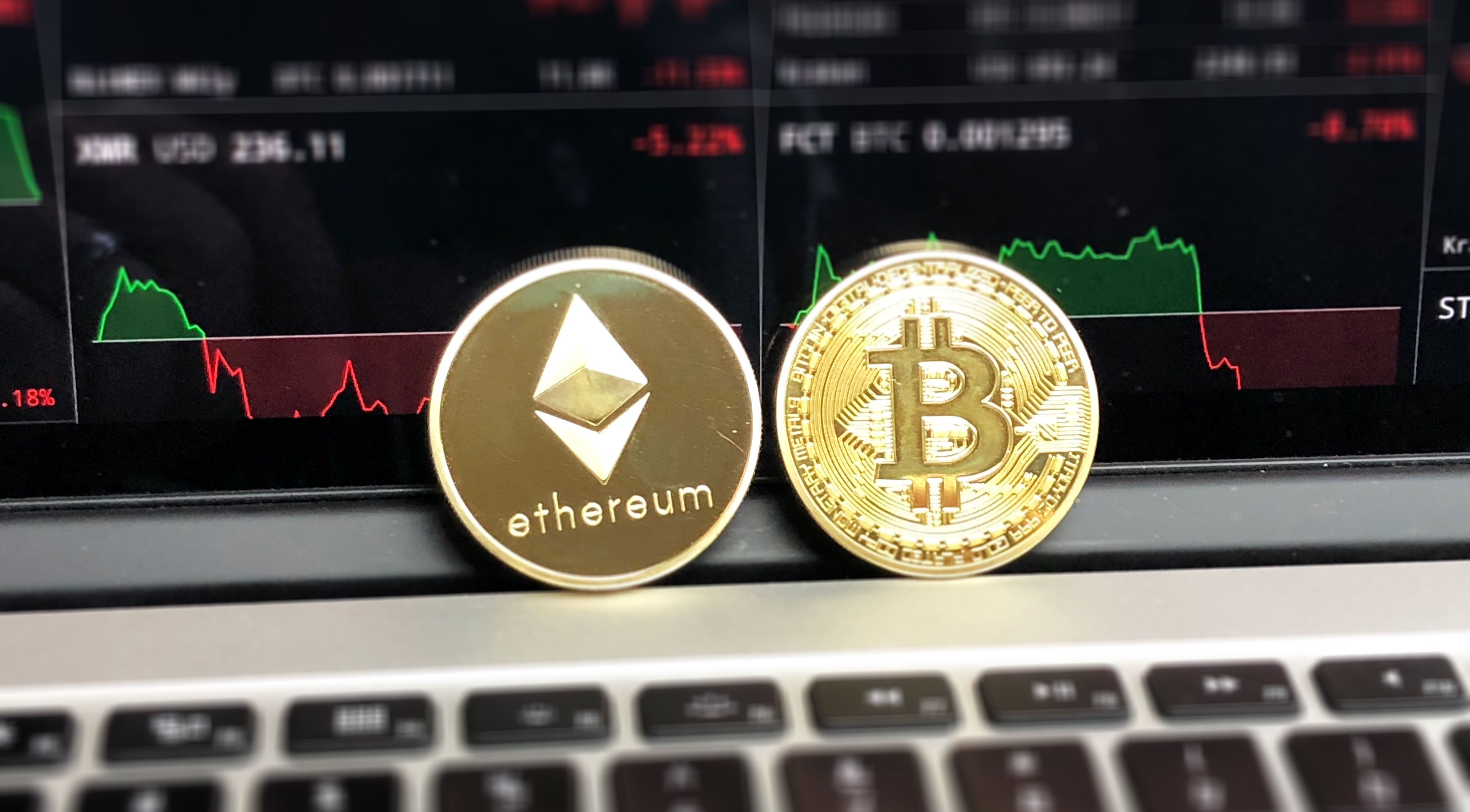Cryptocurrency market
Nicolas Kokkalis and Chengdiao Fan, two Stanford University researchers, founded Pi Network. They began developing it in 2018 with the goal of making a digital currency for everyday people el royale bonus codes. They released a white paper and the Pi Network app on March 14, 2019 (Pi Day).
That’s one way to look at it, but don’t hold your breath on Pi being worth anything in the future. The project has been around for years without launching, and its cryptocurrency has zero value. There has even been speculation that it could be a social experiment to see how long people will continue mining a cryptocurrency they can’t withdraw or use.
When you get started, you will have the option to explore the menu. To start mining, just click on the button on the top right side of the screen, highlighted in green. You will need to click the button every 24 hours to replenish your mining.

Cryptocurrency
Although cryptocurrencies are considered a form of money, the Internal Revenue Service (IRS) treats them as financial assets or property for tax purposes. And, as with most other investments, if you reap capital gains selling or trading cryptocurrencies, the government wants a piece of the profits. How exactly the IRS taxes digital assets—either as capital gains or ordinary income—depends on how long the taxpayer held the cryptocurrency and how they used it.
Price volatility has long been one of the features of the cryptocurrency market. When asset prices move quickly in either direction and the market itself is relatively thin, it can sometimes be difficult to conduct transactions as might be needed. To overcome this problem, a new type of cryptocurrency tied in value to existing currencies — ranging from the U.S. dollar, other fiats or even other cryptocurrencies — arose. These new cryptocurrency are known as stablecoins, and they can be used for a multitude of purposes due to their stability.
Because there are so many cryptocurrencies on the market, it’s important to understand the types. Knowing whether the coin you’re looking at has a purpose can help you decide whether it is worth investing in—a cryptocurrency with a purpose is likely to be less risky than one that doesn’t have a use.

Although cryptocurrencies are considered a form of money, the Internal Revenue Service (IRS) treats them as financial assets or property for tax purposes. And, as with most other investments, if you reap capital gains selling or trading cryptocurrencies, the government wants a piece of the profits. How exactly the IRS taxes digital assets—either as capital gains or ordinary income—depends on how long the taxpayer held the cryptocurrency and how they used it.
Price volatility has long been one of the features of the cryptocurrency market. When asset prices move quickly in either direction and the market itself is relatively thin, it can sometimes be difficult to conduct transactions as might be needed. To overcome this problem, a new type of cryptocurrency tied in value to existing currencies — ranging from the U.S. dollar, other fiats or even other cryptocurrencies — arose. These new cryptocurrency are known as stablecoins, and they can be used for a multitude of purposes due to their stability.
Cryptocurrency shiba inu
These BONE tokens are both generated by and used in DeFi on the ShibaSwap DEX. Although BONE wasn’t intended to be a governance token, that’s how the community has been using it at the time of writing.
SHIB does not have its own blockchain and therefore relies on Ethereum for its security since it is an ERC-20 token. Ethereum’s Ethash algorithm and vast network of miners provide ample safety to SHIB.
Following the launch of the ShibaSwap decentralized exchange (DEX) in July 2021, holders could stake (or ‘bury’, according to them) SHIB to receive xSHIB. LEASH stakers receive xLEASH, and BONE stakers, quite naturally, receive tBONE tokens.

No Responses